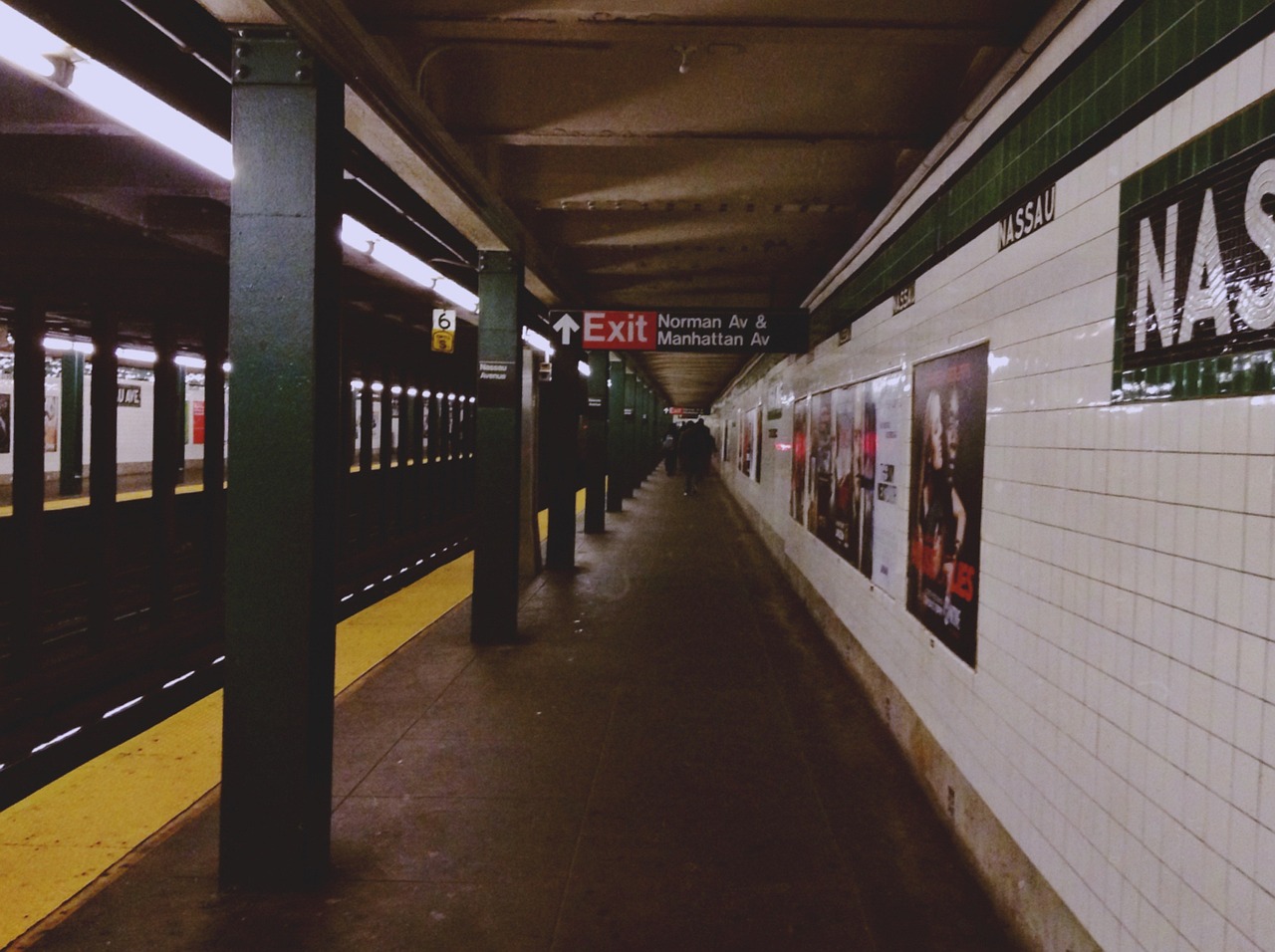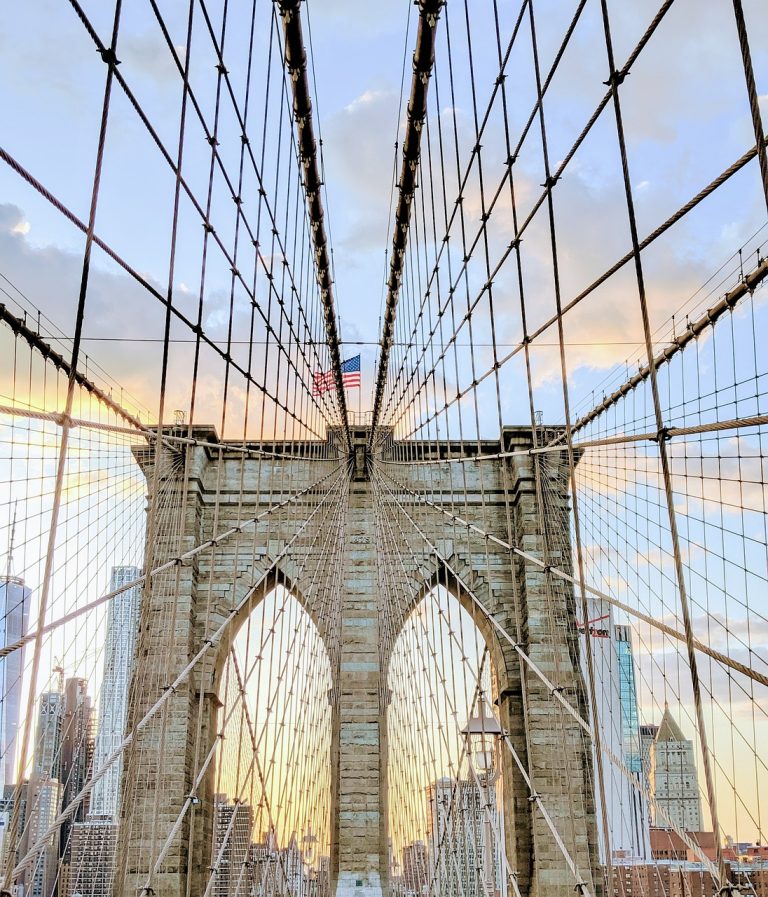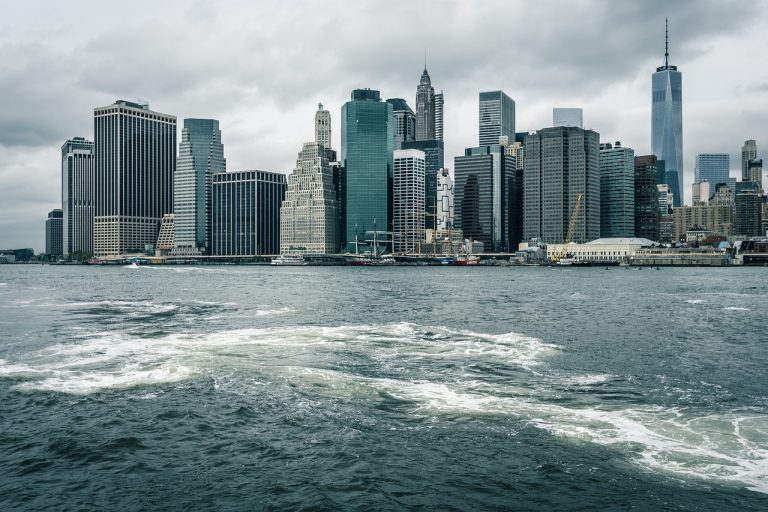New York City Video
Architectural Wonders: Iconic Buildings in New York City
New York City is renowned for its breathtaking skyline, filled with architectural wonders that have become iconic symbols of the city. From towering skyscrapers to historic landmarks, each building tells a unique story and contributes to the vibrant tapestry of New York City’s architectural landscape. In this article, we will explore ten of the most iconic buildings in the city, showcasing their distinctive features and historical significance.
The Empire State Building
- Height: 1,454 feet (443.2 meters)
- Architect: Shreve, Lamb & Harmon
- Year Completed: 1931
- Keywords: Empire State Building, Art Deco, Observation Deck
The Empire State Building is one of the most recognizable landmarks in New York City. Standing at an impressive height of 1,454 feet, it held the title of the tallest building in the world for nearly 40 years. Designed in the Art Deco style by the architectural firm Shreve, Lamb & Harmon, it features a distinctive setback design and a spire at its peak. Visitors can ascend to the famous observation deck on the 86th floor, offering panoramic views of the city.
The Statue of Liberty
- Height: 305 feet (93 meters)
- Architect: Frédéric Auguste Bartholdi
- Year Completed: 1886
- Keywords: Statue of Liberty, Liberty Island, Neoclassical
A symbol of freedom and democracy, the Statue of Liberty stands proudly on Liberty Island in New York Harbor. Designed by French sculptor Frédéric Auguste Bartholdi, this colossal neoclassical sculpture was a gift from France to the United States. The statue, standing at 305 feet tall, represents Libertas, the Roman goddess of freedom. Visitors can explore the museum located within the pedestal and even climb to the crown for a stunning view of the city.
New York City Image 1: 
One World Trade Center
- Height: 1,776 feet (541 meters)
- Architect: David Childs (Skidmore, Owings & Merrill)
- Year Completed: 2014
- Keywords: One World Trade Center, Freedom Tower, Skyscraper
One World Trade Center, also known as the Freedom Tower, stands as a symbol of resilience and rebirth. Built on the site of the former World Trade Center, which was tragically destroyed during the September 11 attacks, this skyscraper reaches a height of 1,776 feet, commemorating the year of America’s independence. Designed by architect David Childs, the building features a sleek and modern design, housing office spaces, an observation deck, and a memorial to honor the victims of the attacks.
The Chrysler Building
- Height: 1,046 feet (319 meters)
- Architect: William Van Alen
- Year Completed: 1930
- Keywords: Chrysler Building, Art Deco, Spire
The Chrysler Building is an architectural gem that showcases the grandeur of the Art Deco style. Designed by William Van Alen, this iconic skyscraper stands at a height of 1,046 feet and held the title of the tallest building in the world for a brief period. Its distinctive features include a stainless steel spire adorned with triangular windows and a beautiful crown at the top. The lobby of the Chrysler Building is also a sight to behold, featuring exquisite Art Deco details.
New York City Image 2: 
Grand Central Terminal
- Architect: Reed and Stem, Warren and Wetmore
- Year Completed: 1913
- Keywords: Grand Central Terminal, Beaux-Arts, Main Concourse
Grand Central Terminal is a transportation hub and architectural masterpiece that has become an iconic symbol of New York City. Designed in the Beaux-Arts style by architectural firms Reed and Stem and Warren and Wetmore, the terminal opened its doors in 1913. The Main Concourse, with its celestial ceiling adorned with constellations, is a breathtaking sight. Grand Central Terminal serves as a gateway to the city and houses shops, restaurants, and even a whispering gallery.
The Guggenheim Museum
- Architect: Frank Lloyd Wright
- Year Completed: 1959
- Keywords: Guggenheim Museum, Frank Lloyd Wright, Spiral
Designed by the legendary architect Frank Lloyd Wright, the Guggenheim Museum is a work of art in itself. Its unique spiral design defies convention and offers visitors a truly immersive experience. Completed in 1959, the museum houses an extensive collection of modern and contemporary art. As you ascend the spiraling ramp, you can explore the various galleries that branch out from the central atrium, showcasing artworks from renowned artists.
New York City Image 3: 
The Flatiron Building
- Height: 285 feet (87 meters)
- Architect: Daniel Burnham
- Year Completed: 1902
- Keywords: Flatiron Building, Beaux-Arts, Triangular
The Flatiron Building is an iconic triangular-shaped building that stands at the intersection of Fifth Avenue and Broadway. Designed by architect Daniel Burnham in the Beaux-Arts style, it was completed in 1902. The unique shape of the building, resembling the flat side of an iron, gives it its name. The Flatiron Building has become synonymous with New York City and is a beloved landmark in the bustling neighborhood of Manhattan.
St. Patrick’s Cathedral
- Architect: James Renwick Jr.
- Year Completed: 1878
- Keywords: St. Patrick’s Cathedral, Gothic Revival, Neo-Gothic
St. Patrick’s Cathedral is a magnificent example of Gothic Revival architecture and serves as the seat of the Roman Catholic Archdiocese of New York. Designed by architect James Renwick Jr., the cathedral was completed in 1878. Its stunning spires, intricate stained glass windows, and soaring vaulted ceilings make it a must-visit for architecture and history enthusiasts alike. St. Patrick’s Cathedral is a place of worship, serenity, and architectural splendor.
The High Line
- Architect: James Corner Field Operations, Diller Scofidio + Renfro
- Year Completed: 2009
- Keywords: The High Line, Elevated Park, Adaptive Reuse
The High Line is a remarkable example of urban revitalization and adaptive reuse. What was once an elevated railway track has been transformed into an innovative and beautifully landscaped park. Designed by James Corner Field Operations and Diller Scofidio + Renfro, the High Line opened to the public in 2009. It offers visitors a unique perspective of the city, with stunning views, art installations, and a peaceful escape from the bustling streets below.
Conclusion
New York City’s architectural wonders are a testament to the city’s rich history, innovation, and cultural diversity. From the soaring heights of the Empire State Building to the tranquil beauty of St. Patrick’s Cathedral, each building has its own story to tell. Whether you’re a local or a visitor, exploring these iconic structures is an awe-inspiring experience that should not be missed.
References
– Empire State Building: empirestatebuilding.com
– Statue of Liberty National Monument: nps.gov
– One World Trade Center: onewtc.com
– Chrysler Building: chryslerbuilding.com
– Grand Central Terminal: grandcentralterminal.com
– Solomon R. Guggenheim Museum: guggenheim.org
– Flatiron Building: flatironbuilding.com
– St. Patrick’s Cathedral: saintpatrickscathedral.org
– The High Line: thehighline.org







